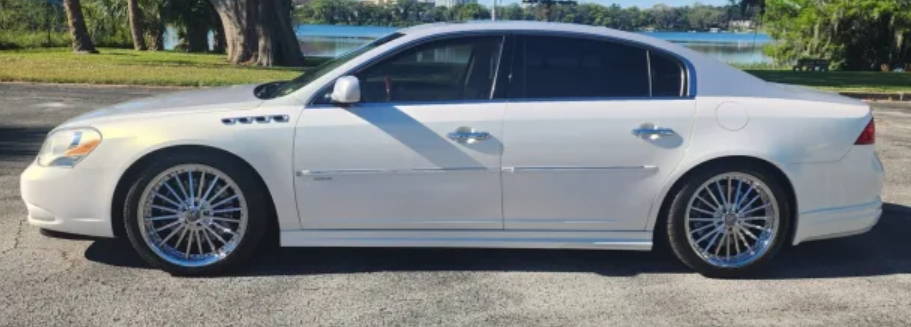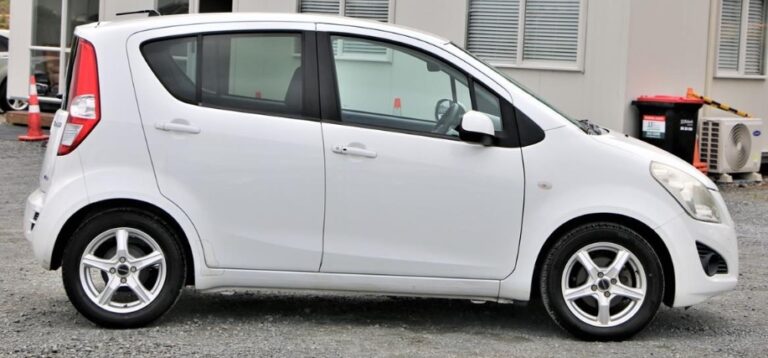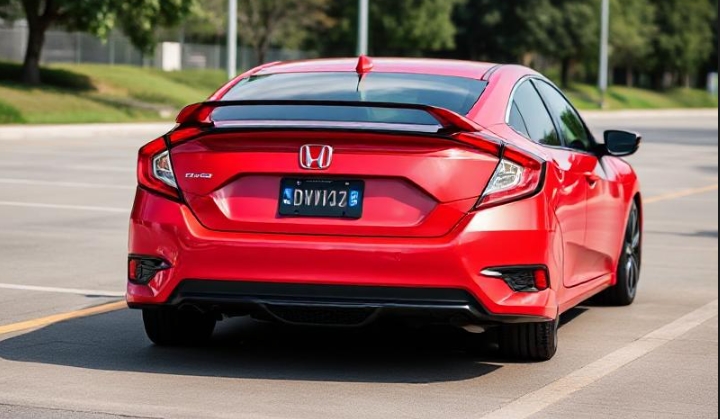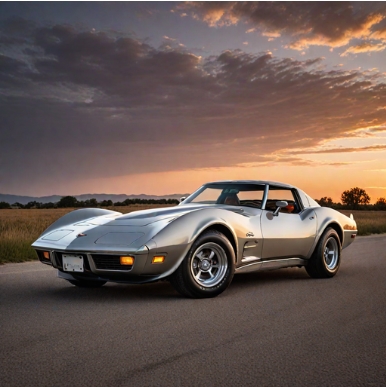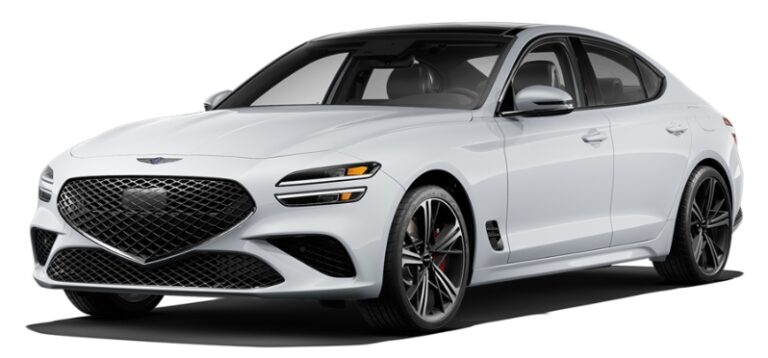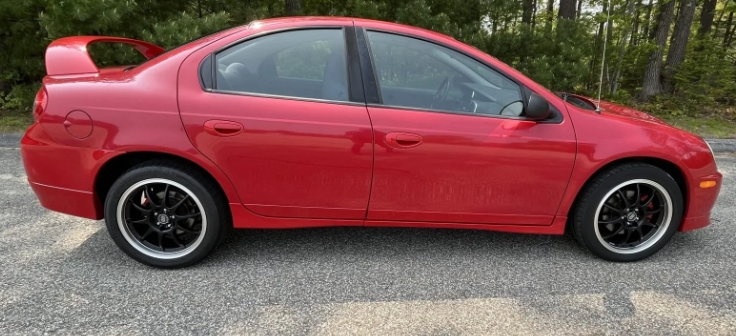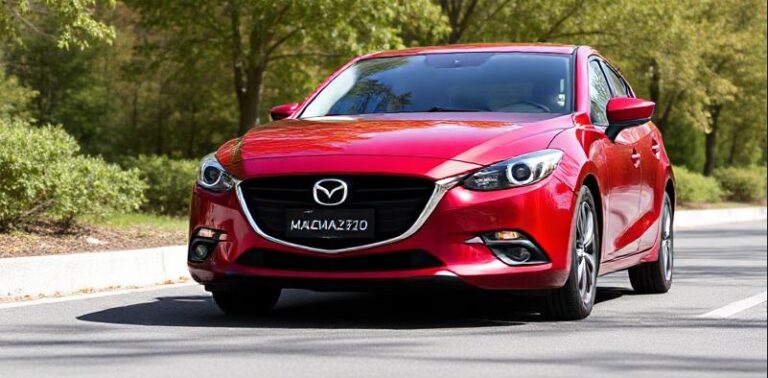The Evolution of the Buick Lucerne
The Buick Lucerne stands as a notable chapter in General Motors’ history of luxury sedans. Introduced as a flagship full-size sedan under the Buick brand, the Lucerne was designed to compete with other full-size luxury vehicles and to embody Buick’s focus on comfort, craftsmanship, and advanced features. Spanning over a decade of production, the Lucerne’s development reflects shifts in automotive design, technology, and market demands from its debut in 2006 until its discontinuation in 2011.
Introduction and Production Timeline
The Buick Lucerne was introduced in 2005 as a 2006 model year vehicle, replacing the Buick Park Avenue. It was assembled primarily in the United States at GM’s Detroit-Hamtramck Assembly Plant in Michigan. The model was produced until the 2011 model year, with production ceasing due to shifting market trends, declining sales, and the company’s strategic focus on smaller, more fuel-efficient vehicles.
Production Years:
- 2006 – 2011
Throughout its production run, the Lucerne served as Buick’s flagship sedan, embodying a blend of traditional luxury and modern amenities. The vehicle was available in multiple trim levels and configurations, catering to a range of customer preferences from comfort-focused to performance-oriented buyers.
First Generation (2006–2011)
The Buick Lucerne’s entire production run constitutes a single generation. It was built on GM’s G-platform, a full-size front-wheel-drive platform also used by models such as the Cadillac DTS and Chevrolet Impala. The design emphasized a traditional luxury sedan aesthetic with a focus on spaciousness and comfort.
Model Year Overview and Key Features
2006 Buick Lucerne (Launch Year)
- Models and Trims: The initial lineup consisted mainly of the CX and CXL trims, with the CXS introduced later.
- Engines:
- 3.8-liter V6 (3800 Series III V6), producing 197 horsepower.
- 4.6-liter V8 (Northstar V8), producing 275 horsepower (available on the CXS).
- Features: Standard features included leather upholstery, dual-zone climate control, cruise control, and a premium audio system. The V8-powered CXS aimed at buyers seeking more performance.
2007 Buick Lucerne
- Introduced minor updates, including new standard features and slight styling tweaks.
- No major changes from the 2006 model but added features like Bluetooth connectivity as options.
2008 Buick Lucerne
- Received a mid-cycle refresh with subtle exterior updates, including a new grille design and revised front and rear lighting.
- Introduced a new variant: the Lucerne Super, which was the performance-oriented model.
- Engines:
- Continued with the 3.8L V6 and 4.6L Northstar V8.
- The Super model featured a 4.6L V8 rated at 292 horsepower, with a sport-tuned suspension and unique styling cues.
2009 Buick Lucerne
- The model lineup remained similar, but with increased standard features.
- Introduced the Premium trim level, which added luxury features such as upgraded audio, leather-wrapped steering wheel, and additional interior trim.
- The Lucerne Super continued to be offered, emphasizing performance.
2010 Buick Lucerne
- Slightly refreshed exterior with new wheel designs and grille updates.
- Introduction of the Lucerne CXS trim, replacing the earlier CXL and CXS designations.
- The Lucerne Super was discontinued after 2009, making the 2010 model the last year for the performance variant.
- Features: Enhanced safety and technology options, including optional rearview cameras, Bluetooth, and improved audio systems.
2011 Buick Lucerne (Final Year)
- The final model year saw minimal changes.
- The lineup was streamlined, with the CXS and Super trims discontinued.
- The vehicle was offered primarily as the Lucerne CX and Lucerne CXL.
- Discontinued after 2011 due to declining sales and shifting market preferences toward smaller, more fuel-efficient vehicles.
Trim Levels and Their Evolution
Throughout its production, the Buick Lucerne was available in several trims, each emphasizing different aspects of luxury, performance, and value.
1. CX (2006–2011):
- The base trim, focused on comfort and practicality.
- Standard features included cloth or leather upholstery, basic audio systems, and standard safety features.
- Powered by the 3.8L V6.
2. CXL (2006–2010):
- The mid-tier trim offering more luxury features such as upgraded interior materials, dual-zone climate control, and optional leather seats.
- Available with the 3.8L V6 or the 4.6L Northstar V8.
3. CXS (2008–2010):
- The sportier, more upscale variant with unique styling cues, larger wheels, and sport-tuned suspension.
- Equipped with the 4.6L Northstar V8 producing 275-292 horsepower.
- Often included premium interior features and advanced technology options.
4. Super (2008–2009):
- The high-performance model focused on increased power and sporty handling.
- Powered exclusively by the 4.6L V8 with 292 horsepower.
- Features included sport-tuned suspension, unique badging, and visual enhancements.
5. Limited Editions and Packages:
- Throughout its life, Buick occasionally offered special editions or packages, such as the Lucerne Ultra or Luxury Package, which added features like premium audio, navigation, and unique interior trim.
.
MANY auto lovers not only spend time in their garages to tinker on their autos, but have other projects going on in there as well. Wood working is a popular pastime for the creative type of individual. Not sure what to make next? Or thinking about getting into this kind of hobby? There’s lots of possibilities… Here’s some of them…

.
Technological and Mechanical Evolution
While the Lucerne’s core mechanical components remained consistent, there were notable enhancements during its lifespan:
- Engines: The primary engines were the 3.8L V6 and the 4.6L Northstar V8. The V8 engine was a Northstar unit, renowned for smoothness and power, with incremental improvements in horsepower and efficiency over the years.
- Transmission: A 4-speed automatic was standard across most models, with some later models featuring a 4-speed with overdrive for improved fuel economy.
- Safety and Technology: Over the years, safety features like stability control, traction control, side curtain airbags, and optional rearview cameras became standard or available packages.
- Interior and Comfort: Buick emphasized quietness and comfort, with sound-deadening materials, plush seating, and advanced climate control systems.
Discontinuation and Legacy
By 2011, the Buick Lucerne was discontinued, replaced by other models that better aligned with GM’s evolving strategy of focusing on smaller, more fuel-efficient vehicles. While it was well-regarded for its comfortable ride, spacious interior, and smooth V8 powertrain, shifting consumer preferences towards SUVs and smaller sedans led to its decline.
Despite its discontinuation, the Lucerne remains a notable example of Buick’s full-size luxury sedan offerings in the 2000s. Its evolution from a comfort-focused vehicle to a performance variant with the Lucerne Super reflects GM’s efforts to diversify the model line and appeal to different customer segments.
Summary
- Production Years: 2006–2011
- Platform: GM G-platform
- Models/Trim Levels: CX, CXL, CXS, Super
- Engines: 3.8L V6, 4.6L Northstar V8
- Key Features: Luxury interior, advanced safety, performance variants
- Discontinuation: 2011 due to market shifts
The Buick Lucerne’s lifespan encapsulates a period of transition in the automotive industry, balancing traditional luxury features with technological advancements, and ultimately reflecting GM’s strategic realignment towards more fuel-efficient and compact vehicles. Though no longer in production, the Lucerne remains a testament to Buick’s commitment to comfort and performance during its years on the road.
